I have a slightly bizarre program in which I am attempting to catch some memory reordering in .NET:
private static volatile int x, y;
private static int b = -1;
private static int a = -1;
static void Main()
{
Run();
}
public static void Run()
{
Random rand = new Random();
var time = DateTime.Now;
while ((a != 0 || b != 0))
{
int t1StartId = rand.Next(1, 10);
int t2StartId = rand.Next(1, 10);
Thread t1 = new Thread(RunOne);
Thread t2 = new Thread(RunTwo);
for (int i = 0; i <= 10; i++)
{
if (t1StartId == i)
{
t1.Start();
}
if (t2StartId == i)
{
t2.Start();
}
}
t1.Join();
t2.Join();
x = 0;
y = 0;
}
Console.WriteLine("Memory Reordered!!!!!!!!!!!!!!!!!!!!!");
Console.WriteLine("Time Taken: {0}", DateTime.Now - time);
}
static void RunOne()
{
x = 1;
a = y;
}
static void RunTwo()
{
y = 1;
b = x;
}
}
Now from the reading I have been doing (here, here, here, here), it *should be possible for both a and b to equal 0 after each thread has completed executing. Is anyone able to confirm this? Are any of my operations presenting a memory barrier under the scenes of which I am not aware of which would prevent reordering and thus keep the infinite loop going?
I am running this on x86 CPU, which I suspect could also have impact on the result.
edit:
So after running the program multiple times it is now getting out of the loop:
I'm still not convinced this is a result of memory reordering.
Second run:
So conclusive question! - Is this truly a result of memory reordering, or is it something else?

